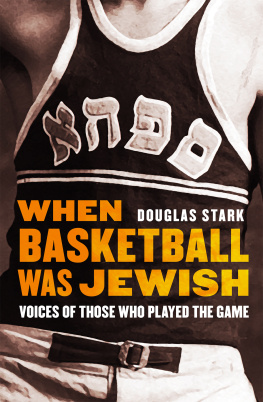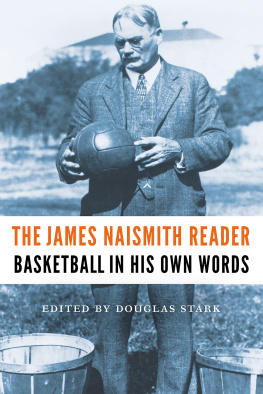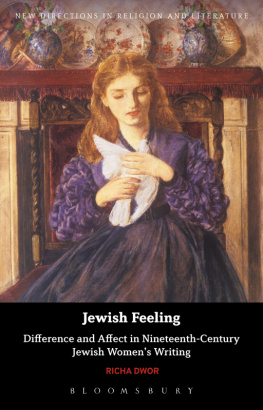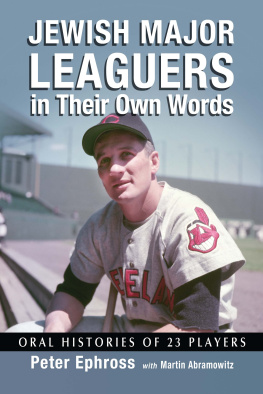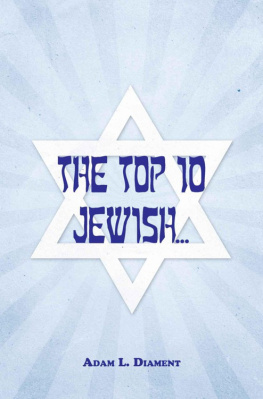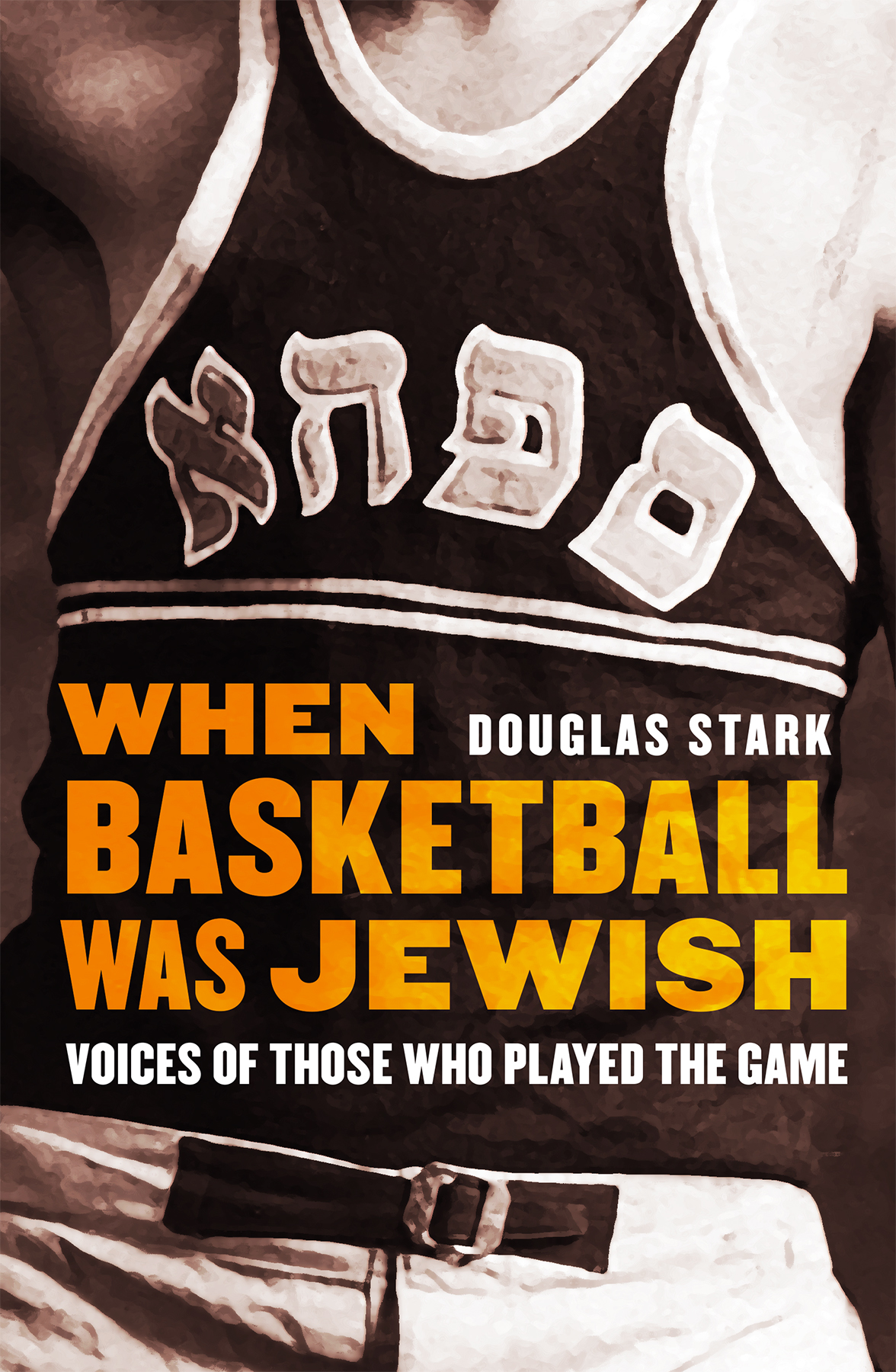Douglas Stark - When Basketball Was Jewish: Voices of Those Who Played the Game
Here you can read online Douglas Stark - When Basketball Was Jewish: Voices of Those Who Played the Game full text of the book (entire story) in english for free. Download pdf and epub, get meaning, cover and reviews about this ebook. year: 2017, publisher: Nebraska, genre: Detective and thriller. Description of the work, (preface) as well as reviews are available. Best literature library LitArk.com created for fans of good reading and offers a wide selection of genres:
Romance novel
Science fiction
Adventure
Detective
Science
History
Home and family
Prose
Art
Politics
Computer
Non-fiction
Religion
Business
Children
Humor
Choose a favorite category and find really read worthwhile books. Enjoy immersion in the world of imagination, feel the emotions of the characters or learn something new for yourself, make an fascinating discovery.
- Book:When Basketball Was Jewish: Voices of Those Who Played the Game
- Author:
- Publisher:Nebraska
- Genre:
- Year:2017
- Rating:5 / 5
- Favourites:Add to favourites
- Your mark:
When Basketball Was Jewish: Voices of Those Who Played the Game: summary, description and annotation
We offer to read an annotation, description, summary or preface (depends on what the author of the book "When Basketball Was Jewish: Voices of Those Who Played the Game" wrote himself). If you haven't found the necessary information about the book — write in the comments, we will try to find it.
In the 201516 NBA season, the Jewish presence in the league was largely confined to Adam Silver, the commissioner; David Blatt, the coach of the Cleveland Cavaliers; and Omri Casspi, a player for the Sacramento Kings. Basketball, however, was once referred to as a Jewish sport. Shortly after the game was invented at the end of the nineteenth century, it spread throughout the country and became particularly popular among Jewish immigrant children in northeastern cities because it could easily be played in an urban setting. Many of basketballs early stars were Jewish, including Shikey Gotthoffer, Sonny Hertzberg, Nat Holman, Red Klotz, Dolph Schayes, Moe Spahn, and Max Zaslofsky. In this oral history collection, Douglas Stark chronicles Jewish basketball throughout the twentieth century, focusing on 1900 to 1960. As told by the prominent voices of twenty people who played, coached, and refereed it, these conversations shed light on what it means to be a Jew and on how the game evolved from its humble origins to the sport enjoyed worldwide by billions of fans today. The games development, changes in style, rise in popularity, and national emergence after World War II are narrated by men reliving their youth, when basketball was a game they played for the love of it.When Basketball Was Jewish reveals, as no previous book has, the evolving role of Jews in basketball and illuminates their contributions to American Jewish history as well as basketball history.
Douglas Stark: author's other books
Who wrote When Basketball Was Jewish: Voices of Those Who Played the Game? Find out the surname, the name of the author of the book and a list of all author's works by series.

